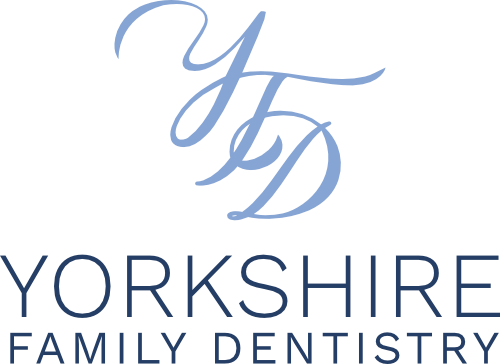Tooth extraction, also referred to as exodontia, is a dental procedure where a tooth is removed from its socket in the jawbone. This may be necessary due to various reasons such as severe decay, infection, crowding, or damage beyond repair. Tooth extractions are commonly performed by dentists or oral surgeons in a controlled and sterile environment to ensure patient safety and comfort.
How to Fix It
Tooth extraction, while a common dental procedure, is considered a last resort and underscores the importance of preventive dental care. Periodontal disease, trauma, or orthodontic requirements can lead to the necessity tooth extraction. When a tooth is beyond restoration or poses a risk to the overall dental health, extraction becomes the recommended course of action.
Local anesthesia is administered to minimize discomfort, followed by the use of dental elevators and forceps to carefully loosen and extract the tooth from the alveolar bone. Post-extraction, patients are advised to follow a specific care regimen, which includes managing swelling, controlling bleeding, and adhering to a soft diet to facilitate healing and reduce the risk of complications such as dry socket or infection.
Related Facts
The term “extration” covers procedures such as simple extractions, surgical extractions, and wisdom tooth removal to address issues like tooth decay, infection, overcrowding, and impaction.
The procedure involves the use local anesthesia, sedation, or general anesthesia to minimize discomfort.
Tooth extraction is used to prevent further oral health issues by removing the source of infection or potential problems like misalignment.
Tooth extraction addresses both immediate and long-term oral health concerns. It is essential for alleviating pain, preventing the spread of infection, and making way for further dental interventions such as orthodontics or prosthetics.
